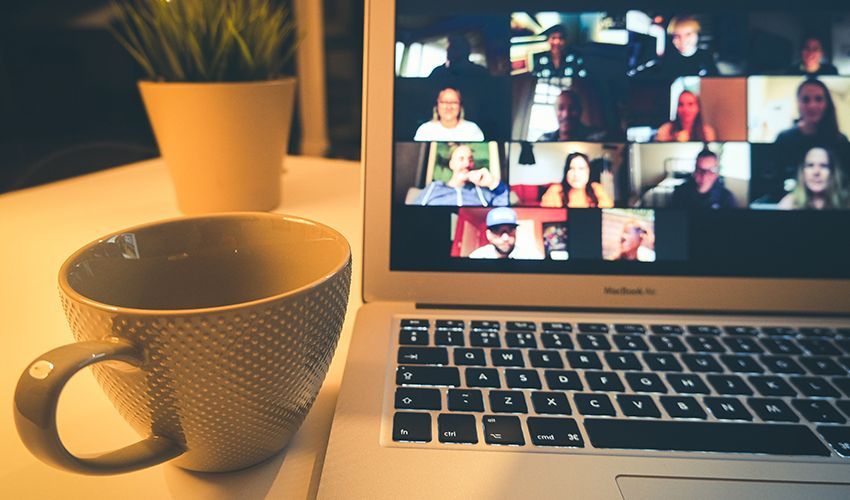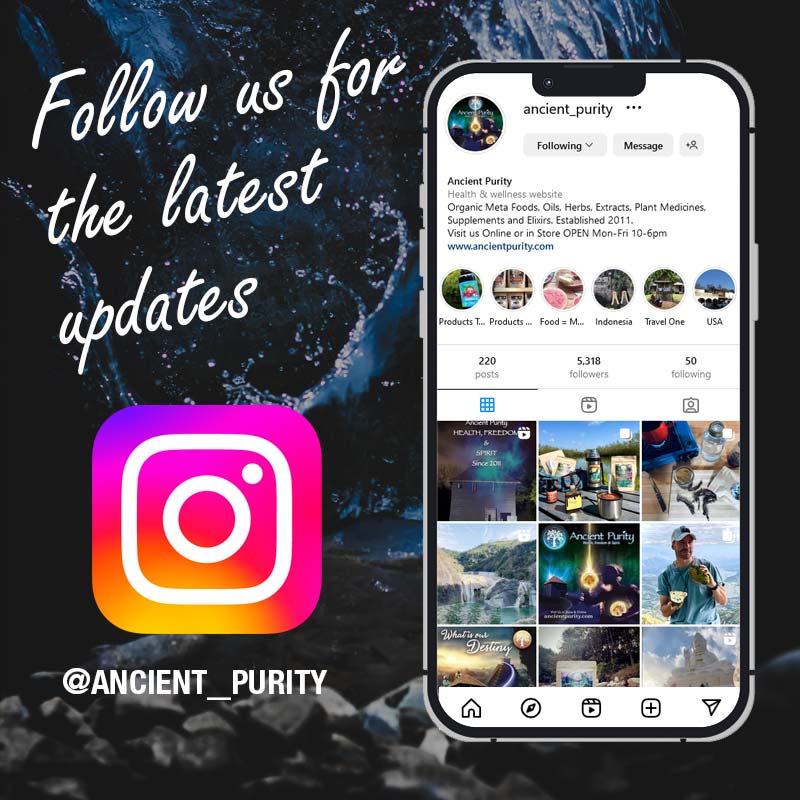Virtual Meetings are Harmful: Zooming In on Brain Waves
I had a total aversion to online meetings, therapy or courses. I never wanted to do it. Even some people far away wanted to talk about Ancient Purity-related topics, I always said: "Is there any other way we can meet instead?'' Now because of this I kept saying "I prefer it." but I wanted to prove my hunch of it being so much better and not me just being old school. So I've researched and written this article that I can now send to anyone who wants to have a Zoom call or Skype or whatever with me. If you are reading this following me sending it to you... Thanks, let's meet in person soon. Because engaging in face-to-face conversations sparks robust and intricate neural signalling, a phenomenon that undergoes a notable reduction during virtual meetings, potentially leading to unexplored consequences on human psychology. A research team from Yale harnessed advanced neuroimaging technologies to scrutinise real-time interactions between individuals, both in-person and through the virtual medium of Zoom.
The neuroimaging study revealed pronounced disparities in brain activity, highlighting a significant attenuation in the strength of neural signaling during Zoom conversations compared to face-to-face encounters. Remarkably, participants engaged in in-person dialogue exhibited heightened gaze time and expanded pupil diameters, indicative of increased brain arousal. Furthermore, the brains of individuals conversing face-to-face demonstrated synchronised neural activity, a phenomenon likely attributable to the reciprocal exchange of social cues experienced during their in-person interaction. This groundbreaking research sheds light on the intricate neural dynamics at play during interpersonal communication, underscoring the nuanced impact of virtual interactions on our cognitive processes. The findings prompt a deeper exploration into the implications of virtual communication for our mental well-being, challenging conventional assumptions about the equivalence of in-person and virtual interactions on the neural level.

In the era of plandemic-induced video conferencing, our screens have become the gateways to business as usual – but is our brain buying it? According to the smart minds at Yale School of Medicine, there's a neurological tale unfolding when we swap face-to-face meetings for their virtual counterparts. In the dance of neural signalling, it turns out that in-person powwows boast a grand performance, while Zoom calls orchestrate a subtler symphony, raising questions about the psyche's response. Zoom, the online meeting behemoth, witnessed a meteoric rise from 10 million to over 300 million daily participants between December 2019 and April 2020. Experts predict that by 2024, only a quarter of business meetings will revert to in-person charm.
Yale's squad employed neuroimaging tech to eavesdrop on live interactions and Zoom conversations, revealing intriguing distinctions in brain activity. It turns out Zoom zaps our neural vigour compared to the vivacity of face-to-face exchanges. Those tête-à-têtes in the flesh come with extended gaze time and widened pupils, hinting at heightened brain arousal. The brains of live chatterers boast synchronised neural choreography, thanks to the sweet dance of social cues exchanged during in-person banter. But in the virtual realm, neural signaling takes a siesta. Neuroscientist Joy Hirsch, the maestro behind the study, quips, "Zoom appears to be an impoverished social communication system relative to in-person conditions."

Beyond the brain banter, the rise of "Zoom fatigue" paints a picture of exhausted screen-strained souls. The culprits? Prolonged gazes, the false intimacy of screens, reduced mobility, and the sheer awkwardness of nonverbal cues in the virtual realm. The consequences extend beyond just fatigue, intertwining with well-being, productivity, and mental health. Creativity also seems to be caught in the crossfire of virtual limitations. Screen-based collaborations yield fewer creative ideas than their in-person counterparts, according to the artistic researchers at Columbia and Stanford Universities.
The unique space shared in person fosters a creative haven that gets lost in the virtual shuffle, as eyes fixate on screens instead of scanning the room. Virtual meetings not only alter our creative vibe but also skew our spatial perception, contributing to a unique form of "computer-mediated communication exhaustion." In the virtual space, our surroundings morph into a third skin, blurring the lines between person, background, and technology. The resulting cognitive acrobatics may contribute to the strain of virtual communication.

The consequences of our increasingly digital interactions extend beyond brain waves and creativity – our eyesight is also on the chopping block. Prolonged screen time is cited as a culprit in the surge of myopia, or nearsightedness, a trend that's expected to worsen. The American Academy of Ophthalmology has even coined the term "an epidemic of blindness" linked to excessive screen use. As some of you may be forced to navigate this brave new world of virtual communication, a prescription for screen sanity would be...
- Go offline more.
- Embrace the great outdoors.
- Practice the art of face-to-face conversation.
- Say you'd rather chat in person and mail them this article - sorry it's online - if only there was an Ancient Purity magazine.
After all, our brains, creativity, and eyesight might just thank us for the much-needed reprieve from the virtual vortex. So, until the next Zoom call, give your eyes a sunset to gaze at, your brain an in person chat to savour, and your creativity a room to dance in. Make sure it is done the way you want things to be done.
“For most of us, Facebook friends and Instagram followers are supplements to -- not surrogates for -- our social lives. As meaningful as the friendships we establish online can be, most of us are unsatisfied with virtual ties that never develop into face-to-face relationships. Building real connections requires a shared physical environment -- a social infrastructure.” ― Eric Klinenberg

The Sources & References I found to prove my hunch
Imaging Neuroscience October 25, 2023
Small Group Res. 2022 Jun; 53(3): 343–365
StudyFinds October 26, 2023
YaleNews October 25, 2023
Cyberpsychol Behav Soc Netw. February 2022; 25(2): 124–129
Cyberpsychol Behav Soc Netw. 2022 May;25(5):270-277. doi: 10.1089/cyber.2021.0249. Epub 2022 May 2
J Binocul Vis Ocul Motil. 2021 Oct-Dec;71(4):175-180. Epub 2021 Oct 21
Nature April 27, 2022
Computers and Composition December 2020, Volume 58, 102613
Daily Nexus May 9, 2021
University of California April 1, 2021
Ophthalmology June 2021, Volume 128, Issue 6, Pages 816-826
The Atlantic September 13, 2022
Am J Ophthalmol. 2021 Mar; 223: 333–337
Educ Inf Technol (Dordr). 2022; 27(7): 9713–9724















